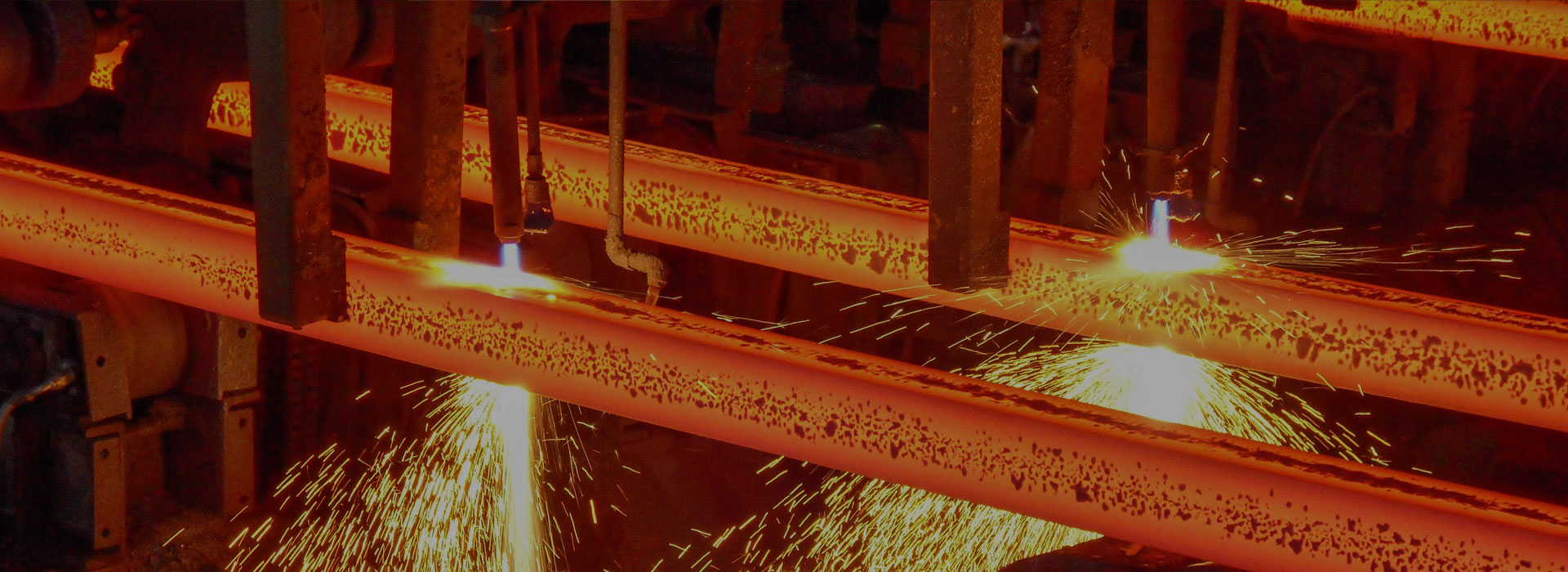Metallurgy of Gray Iron
2023-10-16
Gray iron, also known as grey iron, is a type of cast iron that is widely used in various industries due to its excellent mechanical properties and cost-effectiveness. In this article, we will delve into the metallurgy of gray iron, exploring its composition, microstructure, and properties.
Composition:
Gray iron is primarily composed of iron (Fe) and carbon (C), with the carbon content ranging from 2.5% to 4%. Other elements such as silicon (Si), manganese (Mn), sulfur (S), and phosphorus (P) are also present in smaller quantities. The presence of these elements significantly influences the properties of gray iron.
Microstructure:
The microstructure of gray iron is characterized by the presence of graphite flakes dispersed throughout the iron matrix. These graphite flakes give gray iron its distinctive gray color and provide excellent damping properties. The size, shape, and distribution of graphite flakes play a crucial role in determining the mechanical properties of gray iron.
Production Process:
The production of gray iron involves several steps. Initially, the raw materials, including iron scrap, pig iron, and alloying elements, are melted in a furnace. The molten metal is then poured into molds, where it solidifies and takes the shape of the desired product. During the solidification process, the graphite flakes form due to the controlled addition of elements such as silicon or the use of specific cooling techniques.
Properties:
Gray iron exhibits excellent wear resistance, good machinability, and high thermal conductivity. Its unique microstructure provides good vibration damping, making it suitable for applications that require reduced noise and vibration. However, gray iron has relatively low tensile strength and is prone to brittleness, limiting its use in applications that require high strength.
Applications:
Gray iron finds extensive use in various industries, including automotive, construction, and machinery. It is commonly used in the production of engine blocks, cylinder heads, brake discs, and other components that require high wear resistance and good thermal conductivity. Additionally, gray iron is used in the manufacturing of pipes, valves, and pump housings due to its corrosion resistance and ease of casting.
Understanding the metallurgy of gray iron is essential for optimizing its properties and ensuring its successful application in various industries. The composition, microstructure, and production process all contribute to the unique characteristics of gray iron. By harnessing its advantages and addressing its limitations, gray iron continues to be a valuable material in the manufacturing sector.




